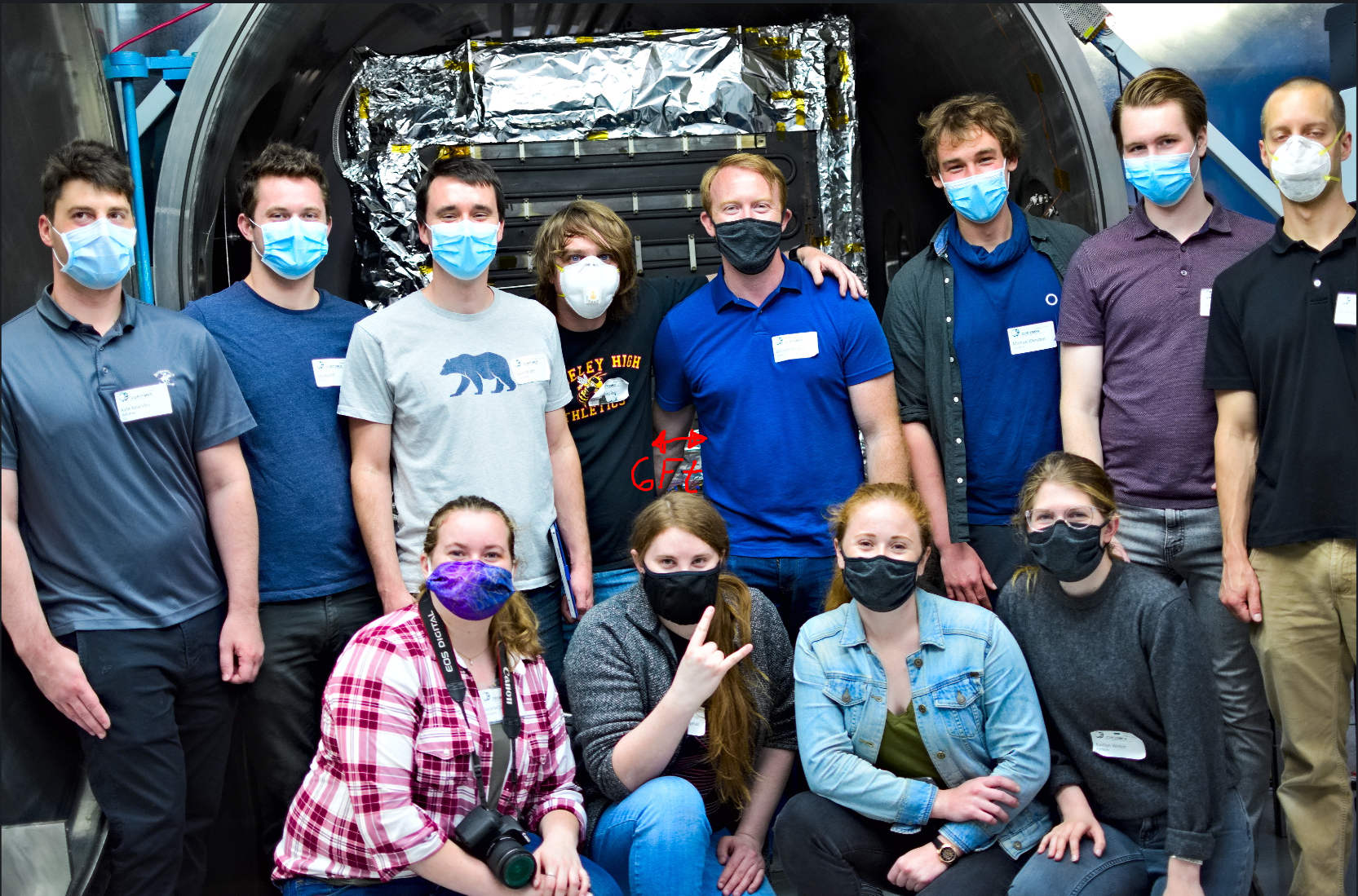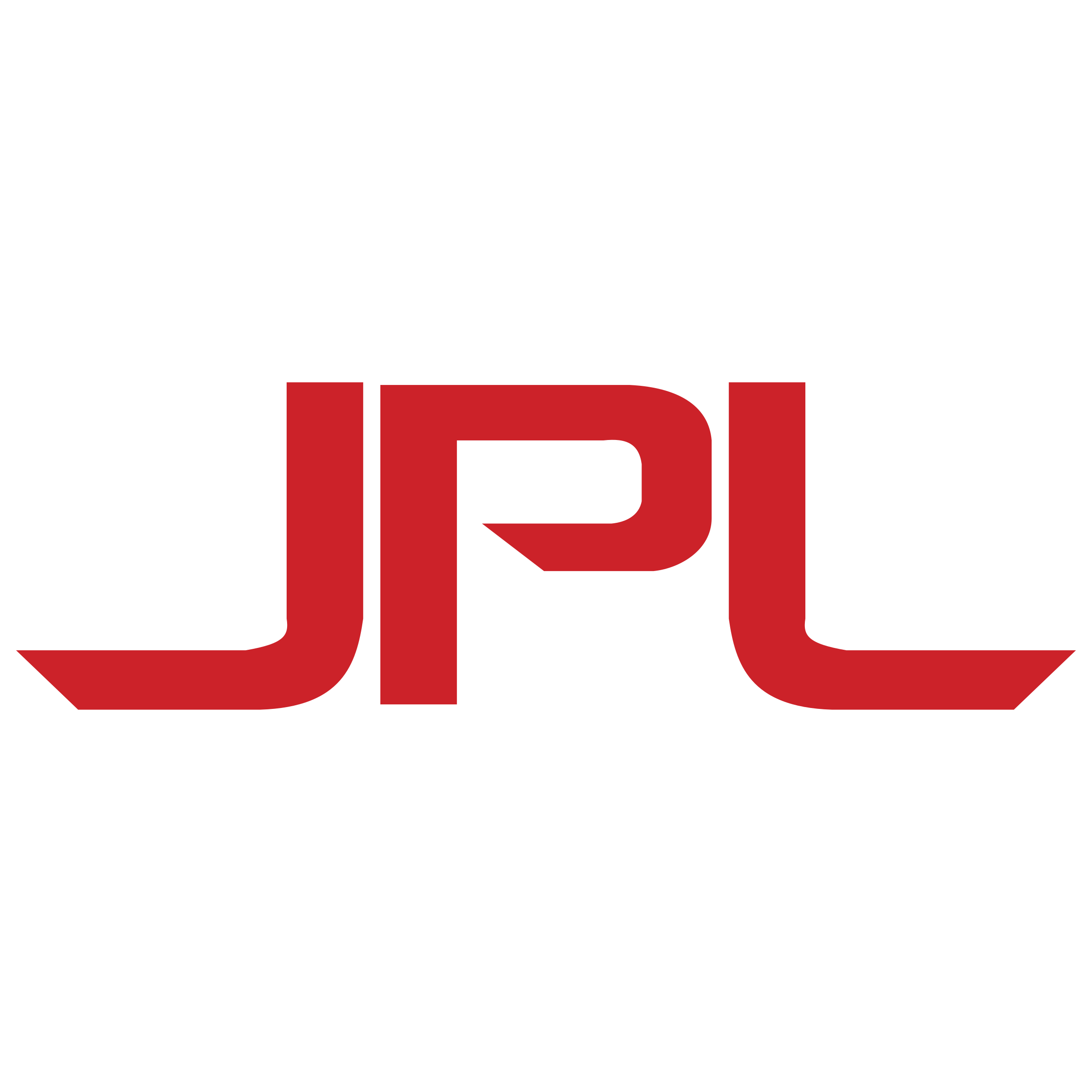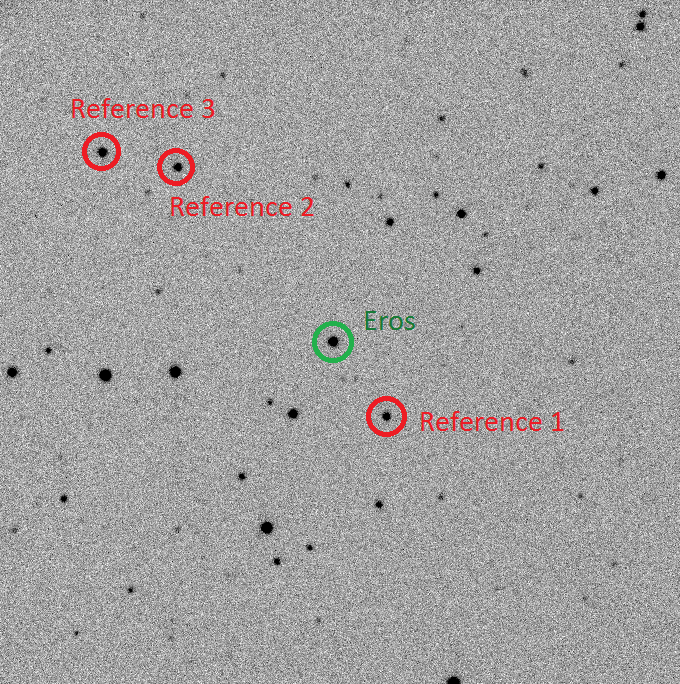Projects
Buoyant Aero
From September of 2021 through Jan of 2023, I started and ran a small drone startup. I built blimps in my garage, recruited Ben Claman as a cofounder, built and flew four prototypes, and raised a multi-million-dollar seed round.

From July of 2019 to September of 2021 I was a mission operations and test engineer at Astranis. Astranis builds and operates geostationary communication satellites that are smaller and cheaper than existing geo satellites.
As an ops engineer, I did groundwork for spacecraft operations and maintained several systems engineering products. I wrote procedures for spacecraft startup after separation from the rocket, vehicle checkout, radio redundancy. I defined spacecraft failure modes, maintained the satellite’s power budget, and wrote the company’s first Failure Modes, Effects and Criticality Analysis (FMECA).
As a test engineer, I conducted environmental test campaigns for power and radio components. I wrote test procedures, arranged logistics, and operated components through testing. I was an operator of the qualification spacecraft through its first TVAC test, the first spacecraft-level test of Astranis’s technology.

OneWeb
From 2017-2019 I was a simulation engineer at OneWeb. OneWeb builds and operates a low-earth-orbit satellite broadband constellation, similar to Starlink. The system is quite complex, so my team wrote simulations to understand it better.
I wrote a Python model of the spacecraft power and thermal subsystems to determine how long we could run the RF amplifiers without overheating the satellite or depleting the batteries. I eventually productionized that model and implemented in OneWeb’s fleet operations software, where it was used to prevent over-discharging the vehicle’s batteries.
I additionally wrote a model of OneWeb’s geographic demand distribution, to identify areas where demand would max-out the spacecraft’s capacity. I acquired a dataset of most commercial ships (AIS data), all commercial airliners (ADS-B signals), and a dataset of world population distribution. I wrote a statistical model for the data usage and mapped it to the spacecraft’s radio pattern. We used this model to figure out how much capacity we could sell before saturating the network in some area.
I used that model to prepare sales engineering products. My group was the primary interface between engineering and sales, so I did simulations for specific customers in specific areas. Most notably, I produced the technical products that lead to OneWeb’s first commercial agreement, with MicroCom, an Alaskan ISP.
I also had the privilege of being on-console during OneWeb’s first launch in February 2019. I got to observe as we repeatedly failed to make first contact with the spacecraft, worked through about a dozen communication system bugs (some our fault, some not), and finally commissioned and orbit-raised the spacecraft.

I spent two summers interning in the Mars Program Office as a systems engineer, on a six-person formulation team for the Next Mars Orbiter. That spacecraft is one of three used in NASA’s Mars Sample Return program. 7 years later, it seems like that mission will probably fly this decade - that’s the good and the bad parts of working at NASA. I wrote MATLAB parametric simulation tools to design the orbiter, and a sensor package to find and grab the sample container out of Mars orbit, among other things. One particularly fun analysis was to calculate how long the sample container would stay in Mars orbit - we were aiming for 100 years.
Here are the papers that college-aged Joe wrote about his work:
Undergrad Projects
Some things I worked on at school:
Research
Beaver Signal
I built a beacon that a spacecraft could use to find an LED ground station from space, working at Kerri Cahoy’s STAR Lab. We took the beacon out to a field in the middle of one night in May, and the Aerospace Corporation took pictures of it with AeroCube-5. We took 5 pictures, and detected the beacon unambiguously. The project demonstrated a low-cost technology that can be used to allow a satellite to find a laser-communication ground station.
I wrote up the project and published it in a first-author paper in the Journal of Small Satellites.
DeMi
At STAR Lab I also worked on the Deformable Mirror (DeMi) mission at STAR Lab. DeMi was a 3U cubesat that demonstrated the operation of a deformable mirror in space. Deformable mirrors are a sort of mirror that changes shape. They’re widely used in astronomy on the ground, and DeMi demonstrated the same technology in space.
I designed chunks of the DeMi spacecraft’s power system and made a very pretty block diagram, below.
I was an author on a paper about the spacecraft.

Electromagnetic Detumbling
I did my senior thesis on tractor beams. A partner and I demonstrated a technique that could be used by a debris removal spacecraft to stop the spin of orbital debris without touching it. A magnetic field around a moving conductive object exerts a sort of electromagnetic drag on that object (technical name: eddy current torque). We demonstrated this effect in a lab by spinning an aluminum cylinder on a frictionless bearing and generating a magnetic field around it, bringing the cylinder to rest.
I wrote a paper on this work and presented it at the 2018 IAA Conference on Space Situational Awareness: detumblingpaper
Undergrad Projects
433 Eros: Observational Astronomy
I took pictures of the near-earth-asteroid 433 Eros over several cold Wednesday nights in 2016. Using these I calculated Eros’s rotational period (how long an Eros “day” is). The correct answer is 5 hours, 16 minutes, and 13.4 seconds. I was off by 3.6 seconds.
If you’ve read Leviathan Wakes or watched the first season of The Expanse, you might know Eros from its association with vomit zombies.
One picture I took:

Apophis mission
My senior capstone class designed a mission to rendezvous with the asteroid 99942 Apophis. Apophis is a near-earth-asteroid that will make a close flyby of earth, within the geosynchronous belt, in 2029. Our proposed spacecraft would rendezvous with Apophis, follow it through the close approach, observe the effect of Earth’s gravity on it, and deduce things about its internal structure.
Here’s the design document we produced. I designed the communications and data handling system with a partner, and my section of the design document is here.
I believe Rick Binzel used our proposal as the seed of an effort to get this mission funded, but ultimately nothing came of it.
Rocket team
I was on MIT’s rocket team. While I was there we built a rocket called Project Odyssey. In the summer of 2015 we drove out in to the Utah desert and launched in the IREC 2015 challenge, winning first place in the basic category. I was on the recovery subteam, designing the payload bay and running recovery tests.
Here’s a hype video.
SPHERES
Freshman summer I was a research assistant on the SPHERES experiment. I wrote procedures to assemble a structural attachment (Halo) and a docking port (UDP), which were used to test guidance algorithms for spacecraft docking. I think my procedures were used when HALO and UDP were assembled on the international space station, though I’m not sure.
I also wrote a website for the SPHERES project. I hand-coded it in HTML, which I was very proud of at the time. It lived at ssl.mit.edu/spheres for a few years, but now seems to have been replaced with this much shorter entry.